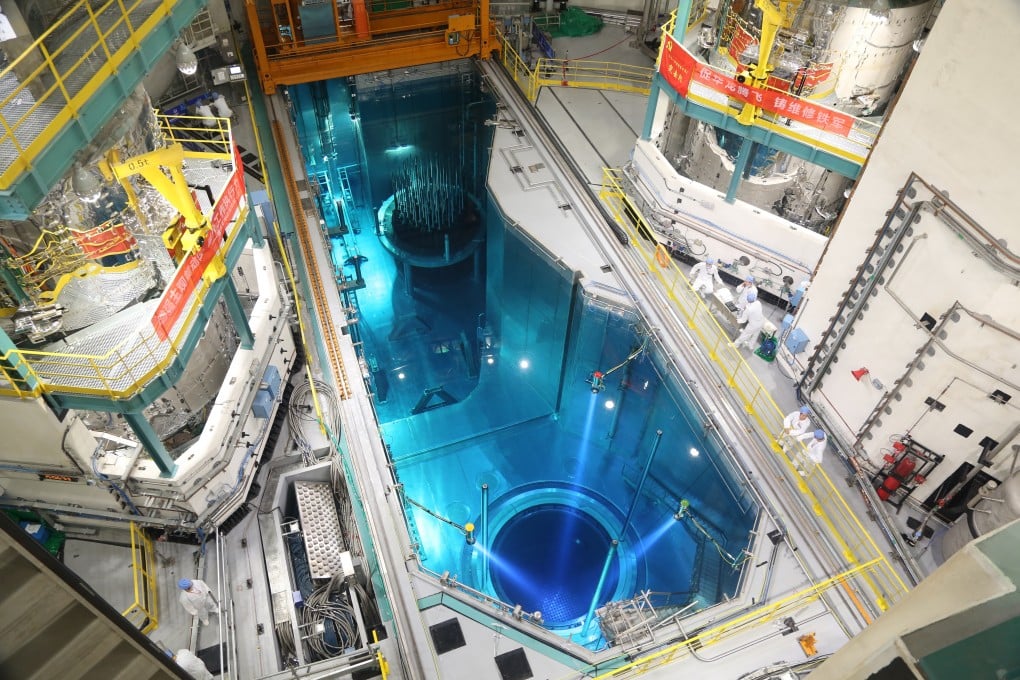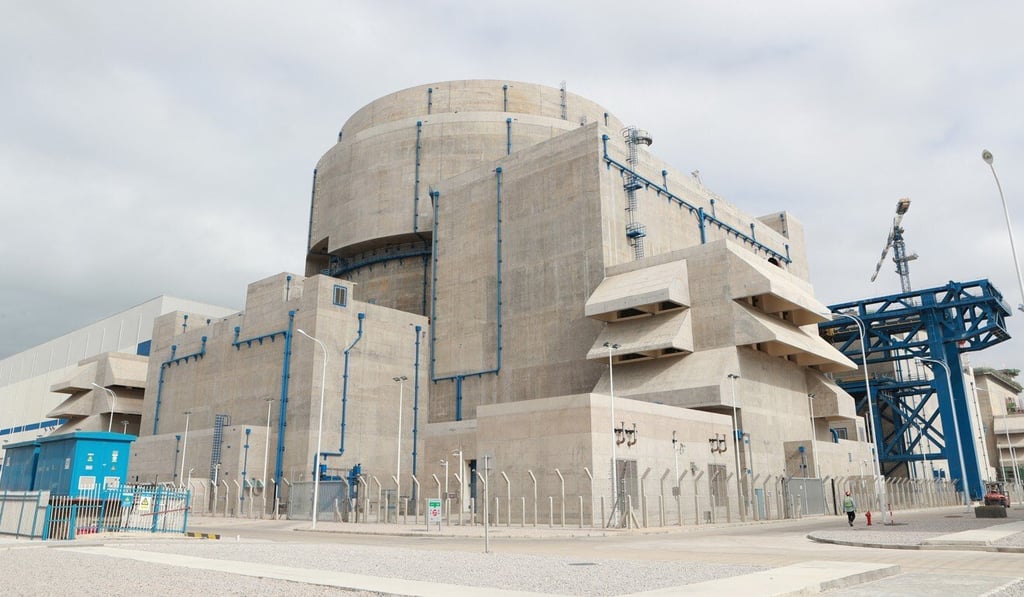China’s Hualong One nuclear reactor goes into service
- China now ‘a country that has truly mastered independent third-generation nuclear power technology’, CNNC party chief says
- Almost 90 per cent of the equipment used in Hualong One, including all elements of its core, was made in China, company says

“China has become a country that has truly mastered independent third-generation nuclear power technology after the United States, France and Russia,” Yu Jianfeng, CNNC’s Communist Party secretary, said in a statement.
Almost 90 per cent of the equipment used in Hualong One, including all elements of its core, was made in China, CNNC said.
“We must not only export our own nuclear power but also build it according to our own standards, so that we can’t be controlled by others,” chief designer Xing Ji said.
China is the world’s third-largest producer of nuclear power, with its 49 operational reactors boasting 51 gigawatts of capacity last year. A further 19 reactors are under construction, which once completed will add 20.9GW of capacity, according to the China Nuclear Energy Association (CNEA).
